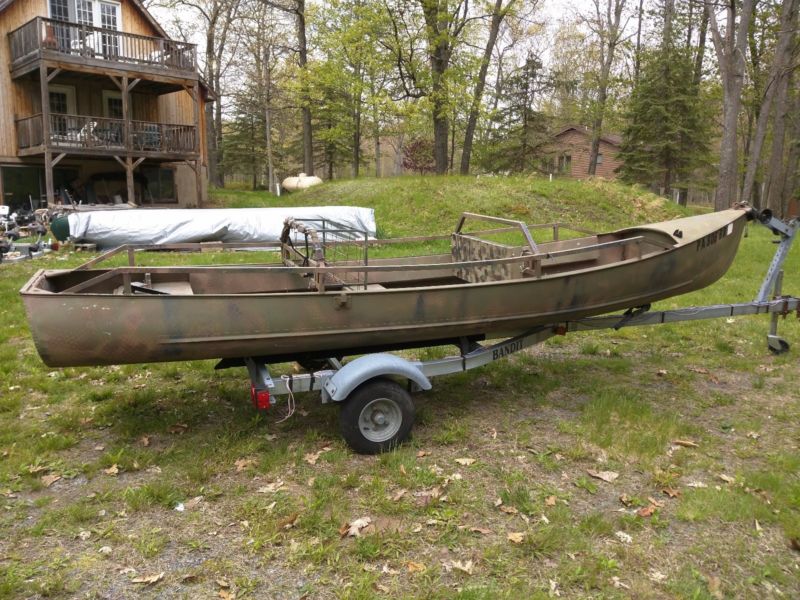




In addition, the Gulfstream I propjet was operated by several commuters/ regional airlines in scheduled passenger services and included a stretched version, being the Gulfstream I-C (Grumman model G-159C) which could transport 37 passengers. Grumman was responsible for a successful line of business aircraft including the Gulfstream I turboprop (Grumman model G-159) and Gulfstream II business jet (Grumman model G-1159) which were operated by a number of companies and private individuals as well as by government agencies including various military entities and NASA. In December 1982, Grumman announced that they will be selling Flxible for $40 million to the General Automotive Corporation of Ann Arbor. Originally, it was supposed to stay in usage for 24 years, although some of them are still in service today. The mail truck had been built from 1987 until 1994. The company built the Grumman Long Life Vehicle (LLV), a light transport mail truck designed for and used by the United States Postal Service. That same year, it acquired the bus manufacturer Flxible. In 1969, the company changed its name to Grumman Aerospace Corporation, and in 1978 it sold the Grumman-American Division to Gulfstream Aerospace. As the Apollo program neared its end, Grumman was one of the main competitors for the contract to design and build the Space Shuttle, but lost to Rockwell International. LM-2, a test article which never flew in space, is displayed permanently in the Smithsonian Institution. The firm received the contract on November 7, 1962, and built 13 lunar modules six of which successfully landed on the Moon, with one serving as a lifeboat on Apollo 13, after an explosion crippled the main Apollo spacecraft. Grumman was the chief contractor on the Apollo Lunar Module, the first spacecraft to ever land humans on the Moon. Īpollo Spacecraft: Apollo Lunar Module Diagram Marine Corps, the last branch of service to fly the Prowler, retired it on March 8, 2019. Navy still employs the Hawkeye as part of Carrier Air Wings on board aircraft carriers, while the U.S. Grumman products were prominent in several feature movies including The Final Countdown in 1980, Top Gun in 1986, as well as Flight of the Intruder in 1990. The company's big postwar successes came in the 1960s with the A-6 Intruder and E-2 Hawkeye and in the 1970s with the Grumman EA-6B Prowler and F-14 Tomcat. Grumman's first jet aircraft was the F9F Panther it was followed by the upgraded F9F/F-9 Cougar, and the less well known F-11 Tiger in the 1950s. Grumman ranked 22nd among United States corporations in the value of wartime production contracts. ĭuring World War II, Grumman became known for its "Cats", Navy fighter aircraft, F4F Wildcat and F6F Hellcat, the less well known Grumman F7F Tigercat and Grumman F8F Bearcat, and for its torpedo bomber TBF Avenger. This was followed by a number of other successful designs. The first Grumman aircraft was also for the Navy, the Grumman FF-1, a biplane with retractable landing gear. Grumman designed the first practical floats with a retractable landing gear for the Navy, and this launched Grumman into the aviation market. While maintaining the business by welding aluminum tubing for truck frames, the company eagerly pursued contracts with the US Navy. The company registered as a business on December 6, 1929, and officially opened on January 2, 1930. factory in Baldwin on Long Island, New York. Leroy Grumman worked for the Loening Aircraft Engineering Corporation beginning in 1920, and when it was bought by Keystone Aircraft Corporation and the operations were moved from New York City to Bristol, Pennsylvania, in 1929, Grumman and his partners, all ex-Loening Aircraft employees, ( Edmund Ward Poor, William Schwendler, Jake Swirbul, and Clint Towl) started their own company in an old Cox-Klemin Aircraft Co.


 0 kommentar(er)
0 kommentar(er)
